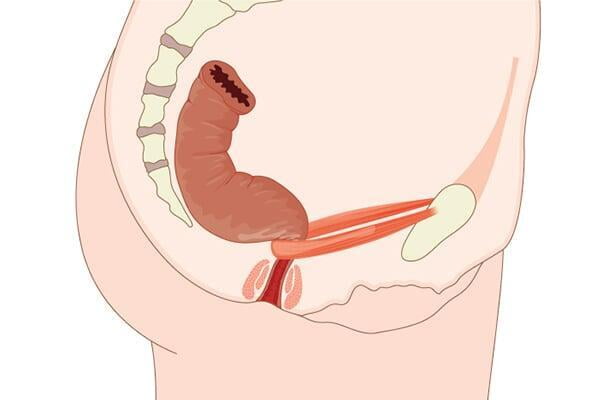How eating better can improve your pelvic issues.

Pelvic health is an important aspect of overall health and wellbeing. The pelvic region houses several organs, including the bladder, uterus, and rectum, and is also home to the pelvic floor muscles. These muscles support the organs and are important for maintaining continence and sexual function. However, several factors, including poor nutrition, can lead to pelvic floor dysfunction. In this article, we will explore the role of nutrition in pelvic health and physiotherapy.
The Link between Nutrition and Pelvic Health
Poor nutrition can impact the pelvic region in several ways. For example, consuming foods high in sugar and fat can lead to weight gain, which can put added pressure on the pelvic floor muscles. This increased pressure can cause the muscles to weaken and lead to conditions such as urinary incontinence, fecal incontinence, and pelvic organ prolapse.
In addition to weight gain, consuming a diet low in fiber can also contribute to pelvic floor dysfunction. Constipation, a common symptom of a low-fiber diet, can cause straining during bowel movements, which can put additional pressure on the pelvic floor muscles.
On the other hand, consuming a balanced diet rich in nutrients can help support pelvic health. A diet high in fiber can prevent constipation and reduce the risk of pelvic floor dysfunction. Nutrients such as vitamin D and calcium are also important for maintaining bone health, which is crucial for pelvic floor support.
The Role of Nutrition in Pelvic Physiotherapy
Pelvic physiotherapy is a type of physical therapy that focuses on the muscles and structures of the pelvic region. It can be used to treat conditions such as urinary incontinence, pelvic pain, and sexual dysfunction.
Nutrition plays an important role in pelvic physiotherapy, as it can impact the effectiveness of treatment. For example, consuming a diet high in sugar and fat can lead to inflammation, which can hinder the healing process. Conversely, consuming a diet rich in anti-inflammatory foods such as fruits, vegetables, and omega-3 fatty acids can help reduce inflammation and promote healing.
In addition, proper hydration is also important for pelvic health and physiotherapy. Adequate hydration can help prevent constipation and promote regular bowel movements, which can help reduce strain on the pelvic floor muscles. It can also help keep the muscles hydrated and functioning properly.
Tips for a Healthy Pelvic-Friendly Diet
If you are experiencing pelvic floor dysfunction, making changes to your diet can help support your treatment plan. Here are some tips for a healthy pelvic-friendly diet:
- Consume a diet high in fiber. Aim for at least 25 grams of fiber per day, which can be found in foods such as fruits, vegetables, whole grains, and legumes.
- Limit your intake of sugar and saturated fats. Instead, choose foods high in healthy fats such as avocados, nuts, and fatty fish.
- Stay hydrated. Aim for at least 8 cups of water per day, and consume hydrating foods such as watermelon, cucumber, and celery.
- Incorporate anti-inflammatory foods into your diet. Examples include turmeric, ginger, leafy greens, and berries.
- Talk to a registered dietitian or pelvic physiotherapist. They can provide personalized recommendations based on your individual needs and treatment plan.
In conclusion, nutrition plays an important role in pelvic health and physiotherapy. Poor nutrition can contribute to pelvic floor dysfunction, while a healthy diet can support pelvic health and treatment. By making simple changes to your diet, you can support your pelvic health and improve your overall wellbeing.


